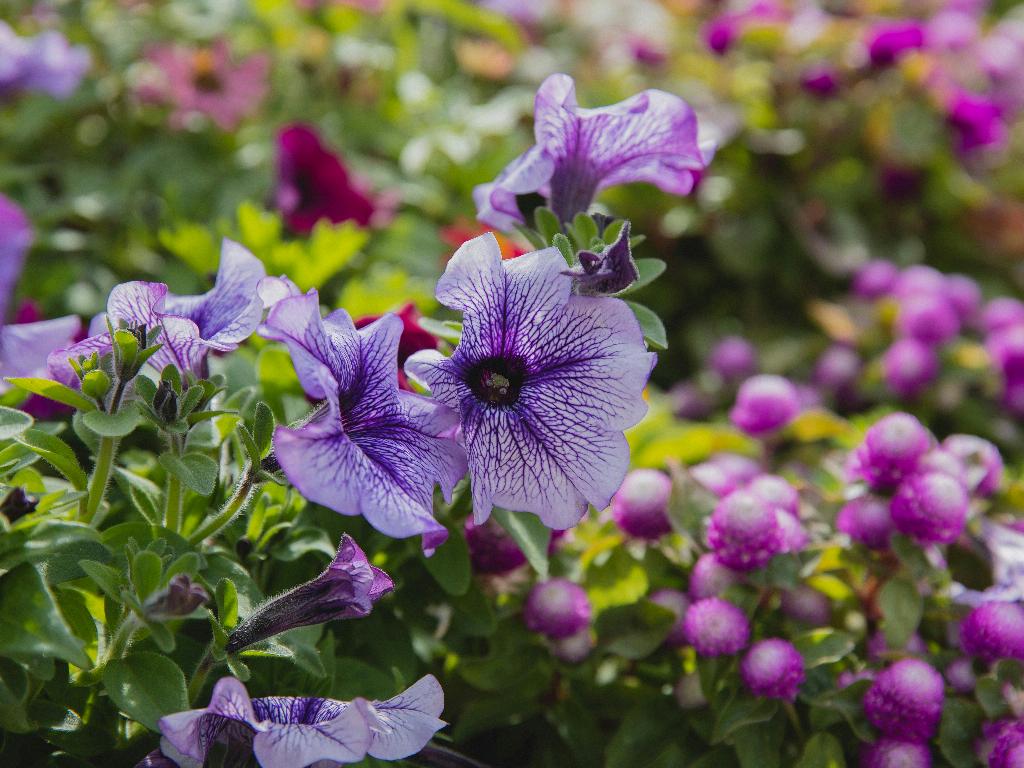When it comes to the classification of petunias, there is a bit of a gray area. Technically speaking, petunias are classified as tender perennials, meaning that they have the potential to live for more than two years under the right conditions. However, the way in which they are commonly grown and their susceptibility to frost make them behave more like annuals in most gardening scenarios. This is an important distinction to understand when deciding how to incorporate petunias into your garden.
Despite their perennial classification, petunias are typically treated as annuals due to their inability to withstand frost. The majority of petunia varieties are highly sensitive to cold temperatures and will not survive if exposed to frost. This makes them a popular choice for summer bedding plants that provide a burst of color to gardens and containers during the warmer months.
While petunias may not be true annuals in the traditional sense of completing their life cycle within a single year, they are often grown as such because of their inability to survive harsh winter conditions in many climates. Gardeners looking to enjoy the vibrant blooms of petunias year after year will need to take special care to protect them from frost and ensure they have the right growing conditions to thrive as perennials.
It is important to note that there are some petunia varieties that are more cold-tolerant than others. These varieties, known as “Wave” petunias, are able to withstand cooler temperatures and may survive mild winters in some regions. However, even these more cold-tolerant varieties are typically grown as annuals in areas where frost is a common occurrence.
When deciding whether to treat petunias as annuals or perennials in your garden, it is essential to consider the climate and growing conditions in your region. If you live in an area with mild winters and the potential for frost is minimal, you may be able to successfully overwinter petunias and enjoy their blooms for multiple seasons.
For gardeners in colder climates, it is advisable to treat petunias as annuals and replant them each year to ensure a consistent display of flowers. This approach allows you to experiment with different varieties and colors of petunias each season, creating a fresh and vibrant look in your garden.
Regardless of whether you choose to grow petunias as annuals or perennials, they are a versatile and colorful addition to any garden. Their trumpet-shaped flowers come in a wide range of hues, from soft pastels to bright jewel tones, allowing you to create eye-catching displays that suit your personal style and preferences.
One of the benefits of growing petunias as annuals is the ability to easily change up your garden’s color scheme each year. By selecting new varieties and colors of petunias annually, you can create dynamic and ever-evolving displays that keep your garden looking fresh and exciting.
For gardeners who prefer a low-maintenance approach to gardening, treating petunias as annuals can be a convenient option. Annual petunias require less long-term care and planning compared to perennial petunias, making them an ideal choice for those looking to add a pop of color to their garden without the commitment of overwintering plants.
On the other hand, growing petunias as perennials can be a rewarding experience for gardeners who enjoy the challenge of overwintering plants and watching them come back to life each spring. With proper care and protection from frost, perennial petunias can provide years of reliable blooms and add a sense of continuity to your garden.
In conclusion, the classification of petunias as tender perennials that are often grown as annuals highlights the adaptability and versatility of these popular bedding plants. Whether you choose to treat them as annuals or perennials in your garden, petunias are sure to delight with their colorful flowers and easy care requirements.

